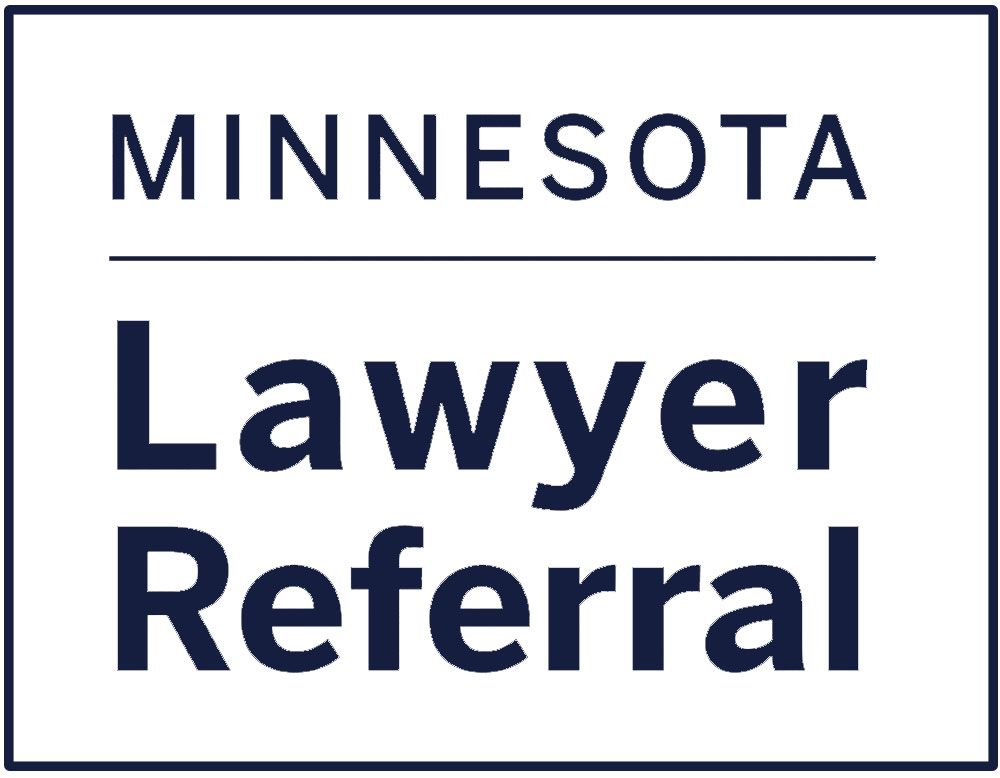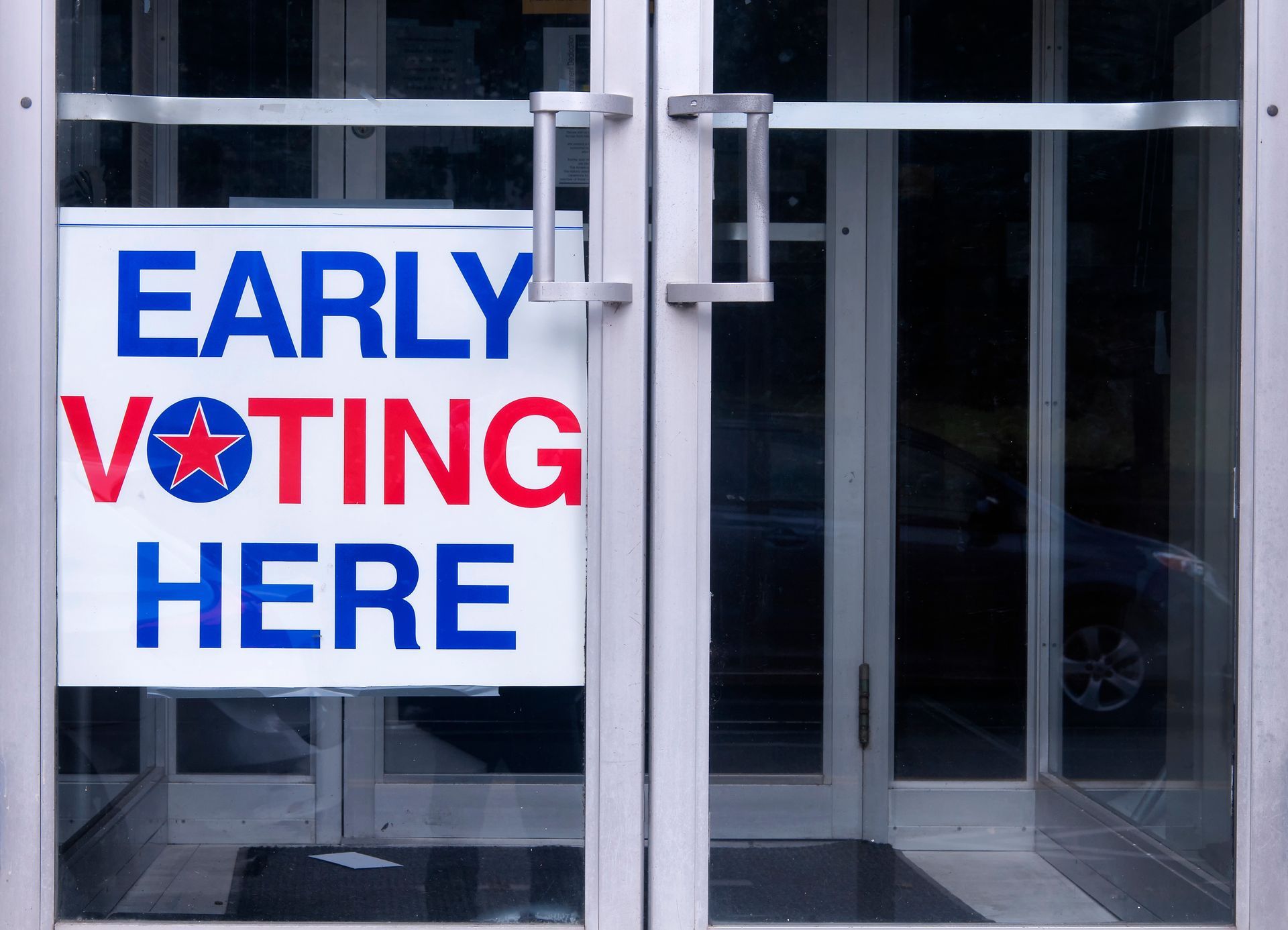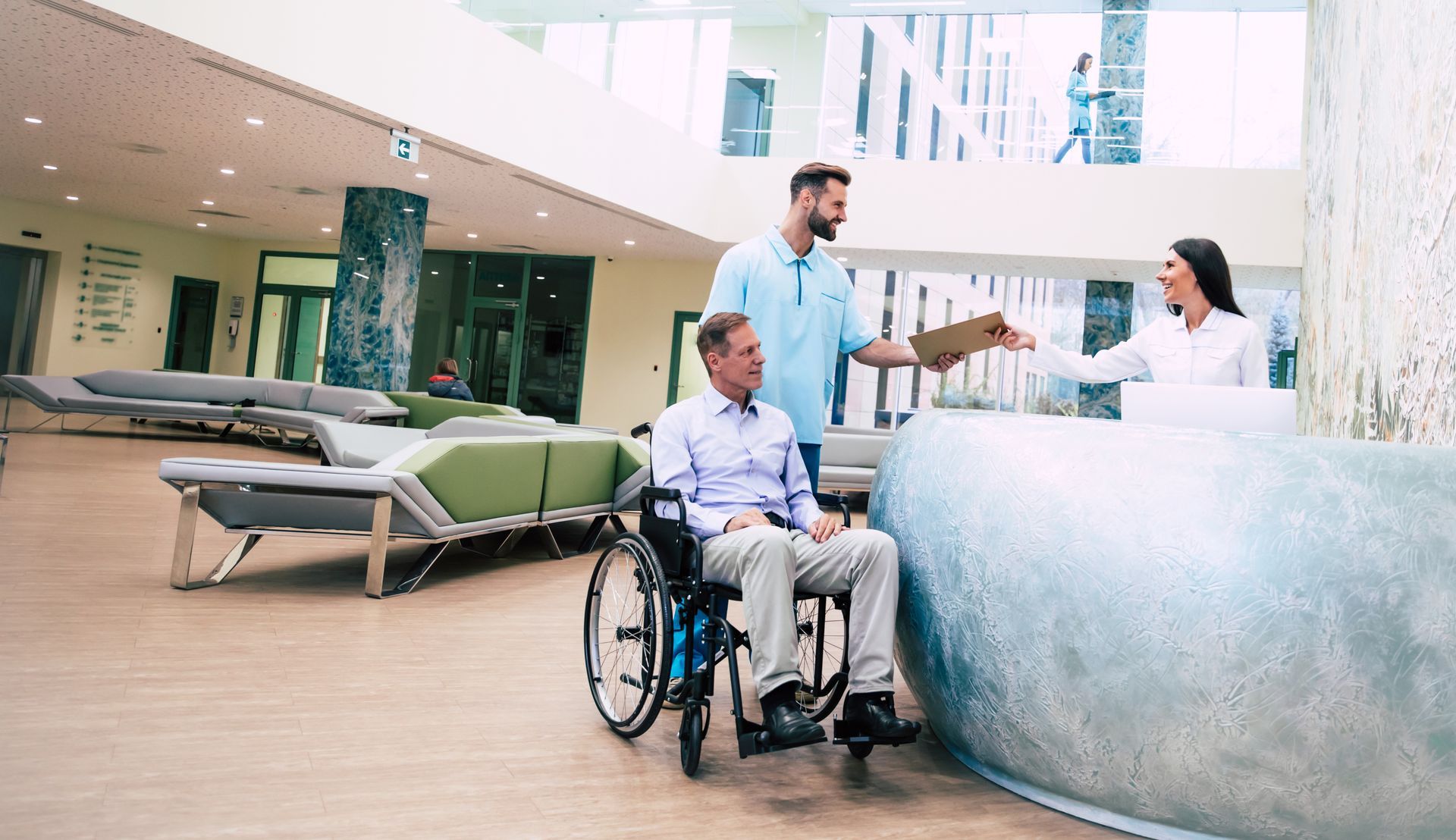What happens to children when they cross the border in 2021 depends on how old they are and who they cross with. When immigrant children cross the border unaccompanied by a parent, they are, at least temporary, separated from the adult or family members with whom they have traveled.
Many children who do arrive at the U.S. border without a parent are instead accompanied by older siblings, a grandparent or an uncle or aunt. Current U.S. policy is to separate the child from their purported relative to confirm that they are in fact related. The goal is to make sure human traffickers aren’t getting victims into the country by claiming they are the child’s relative.
The criticism of the current U.S. policy is that every minor in that situation is then categorized as “unaccompanied” , which results in their placement in a federal shelter. The vetting of the adult the unaccompanied child crossed the border with can take weeks or even months to complete. During that time the child is forced to wait in a Border Patrol holding facilities, child detection center or a shelter run by contractors or federal agencies.
The goal of the program is markedly different from the child separation policy pursued by the Trump administration as a deterrent, but immigration advocates argue the end result is similar enough to be problematic.
What Was Happening to Separated Immigrant Children?
The U.S.’s family separation policy officially lasted between April 2018 and June 2018. Its ending was precipitated by media reports that the federal government didn’t have a system in place to reunite separated children with their families. The intent of the Trump administration’s separation policy was to discourage migrants from entering the United States illegally.
Some of the conditions described in reporting done in 2018 and 2019 stoked additional public outrage over the policy. Federal authorities and border patrol centers lacked the capacity to house or care for thousands of separated children, which led to inadequate nutrition, little to no adult supervision and unhygienic conditions.
A second wave of family separation controversies began in the early days of the Biden administration. There was a significant uptick in illegal border crossings after the Trump administration ended. As of August 2021, an estimated 18,500 unaccompanied minors were in federal custody. Just over 15,000 of those children were being cared for by the Human Service’s Office of Refugee Resettlement, while nearly 2,000 others were housed in Border Patrol holding facilities.
The number in Border Patrol holding facilities was even higher in Spring 2021 with an estimated peak of 5,000 children. In addition to accusations similar to those faced by the Trump administration, the Biden administration is also the target of new complaints and even lawsuits regarding the safety of some unlicensed child detention centers used by the United States Department of Health and Human Services to house separated children.
What’s Being Done to Address the Problem?
Family Endeavors and other advocacy groups are trying to fund and prepare facilities that can safely and comfortably house separated migrant children. Even though the Biden administration strived to take a more friendly, humanitarian approach to border enforcement, they’ve fallen into some of the same problems that hounded the Trump administration. Namely, how can you prevent children from falling victim to human trafficking without preliminary separation from non-parent caregivers, especially when the children and/or caregiver have no reliable identification?
The other big problem is the lack of facilities necessary to house unaccompanied minors and separated children. The U.S. Border Patrol isn’t equipped to care for tens of thousands of children and too little work has done to bring those facilities online over the past several years.
The reliance on juvenile detention facilities and childcare contractors by HHS and other governmental entities has also been controversial, especially when those facilities aren’t properly certified or vetted.
Is There a Simple Fix to Child Separation Controversies?
As of yet there hasn’t been an easy solution that appeals to Americans of all political persuasions. Many people have mixed feelings on this complicated debate.
What is beyond dispute are the rights afforded to every person on American soil. Green card holders, visa holders and even people who are in the country illegally have rights in the United States. Immigration lawyers are a vital part of the legal landscape, and they focus their practices on helping people who need assistance with legal issues pertaining to their immigration status.
Do You Need an Immigration Lawyer in Minneapolis–St. Paul?
The Minnesota Lawyer Referral and Information Service (MNLRIS) is committed to helping residents in Hennepin County and Ramsey County find qualified attorneys for their legal needs. Our referral counselors can schedule you a free consultation with a qualified attorney who possesses experience relevant to your specific legal issue.
Our network includes many immigration lawyers who have the knowledge necessary to provide assistance or answers questions about any immigration problems you or your family may be facing.
Speak with a referral counselor today by calling (612) 752-6699 or request a consultation online.
The post What Happens to Separated Immigrant Children? first appeared on Minnesota Lawyer Referral and Information Service.




